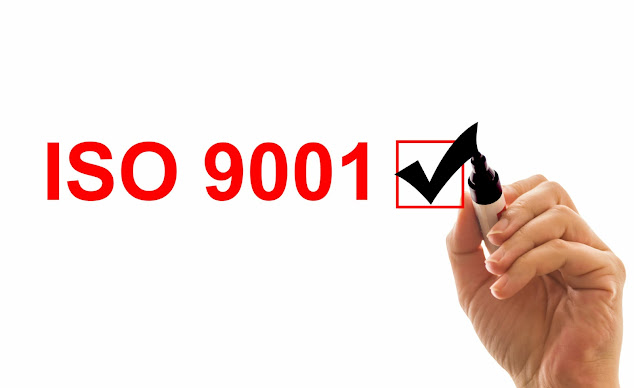Common Challenges in Obtaining ISO 9001 Certification in Australia and How to Overcome Them
1. Understanding and Meeting Requirements:
One of the primary challenges is grasping the comprehensive set of ISO 9001 requirements. Australian businesses often struggle to interpret these standards in the context of their specific operations. To overcome this challenge, organizations should invest time in thoroughly understanding the ISO 9001 requirements and aligning them with their existing processes. Engaging with experienced ISO 9001 consultant can provide valuable guidance and ensure a clear roadmap for compliance.
2. Resource Constraints:
Resource limitations, both in terms of manpower and budget, can pose a significant challenge. Small and medium-sized enterprises (SMEs) in Australia, in particular, may find it challenging to allocate dedicated personnel and financial resources to the certification process. Businesses should conduct a thorough resource assessment, prioritize activities, and explore cost-effective solutions. Leveraging technology and outsourcing certain aspects of the certification process can be strategic approaches to address resource constraints.
3. Employee Resistance and Training:
Introducing ISO 9001 principles often requires a cultural shift within an organization. Resistance from employees who are unfamiliar with the new quality management system can hinder progress. Providing comprehensive training programs and communicating the benefits of ISO 9001 certification to employees is crucial. Building a culture of quality from the top down ensures that all staff members are aligned with the organization's commitment to achieving and maintaining certification.
4. Documentation Challenges:
Maintaining accurate and up-to-date documentation is a key requirement for ISO 9001 certification. Many Australian businesses struggle with the volume and complexity of documentation needed to demonstrate compliance. Implementing effective document control systems and utilizing technology for document management can streamline this process. Regular reviews and audits of documentation practices help maintain the integrity of the quality management system.
5. Choosing the Right Certification Body:
Selecting a suitable certification body is a critical decision in the certification process. Businesses must ensure that the chosen body is accredited and recognized. Researching and obtaining recommendations from industry peers can aid in this decision-making process. Engaging with certification bodies that understand the specific challenges of Australian businesses can contribute to a smoother certification journey.
Conclusion:
While the path to ISO 9001 certification in Australia may present challenges, overcoming them is vital for reaping the long-term benefits of improved quality management and enhanced business reputation. By addressing issues such as understanding requirements, managing resources effectively, addressing employee concerns, maintaining documentation, and choosing the right certification body, Australian businesses can navigate the certification process successfully and position themselves for sustained success in the global market.




Comments
Post a Comment